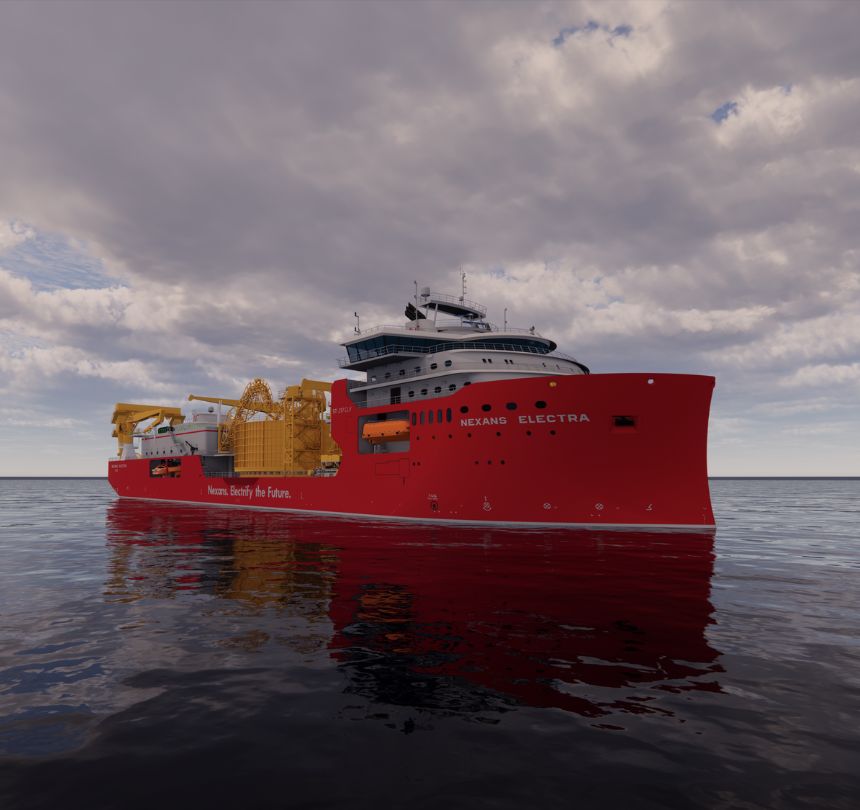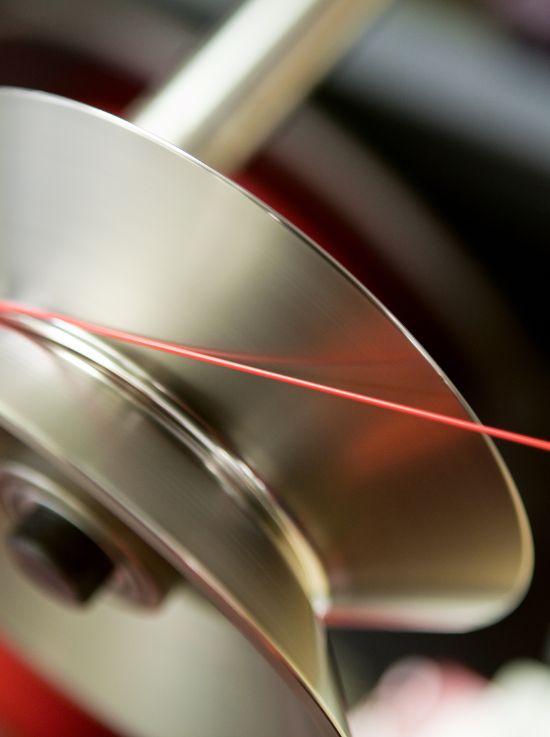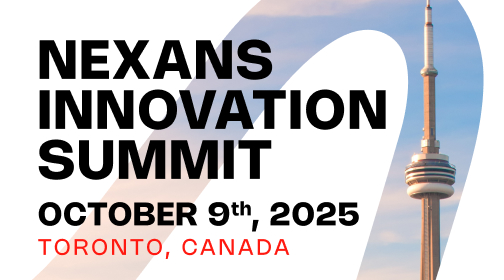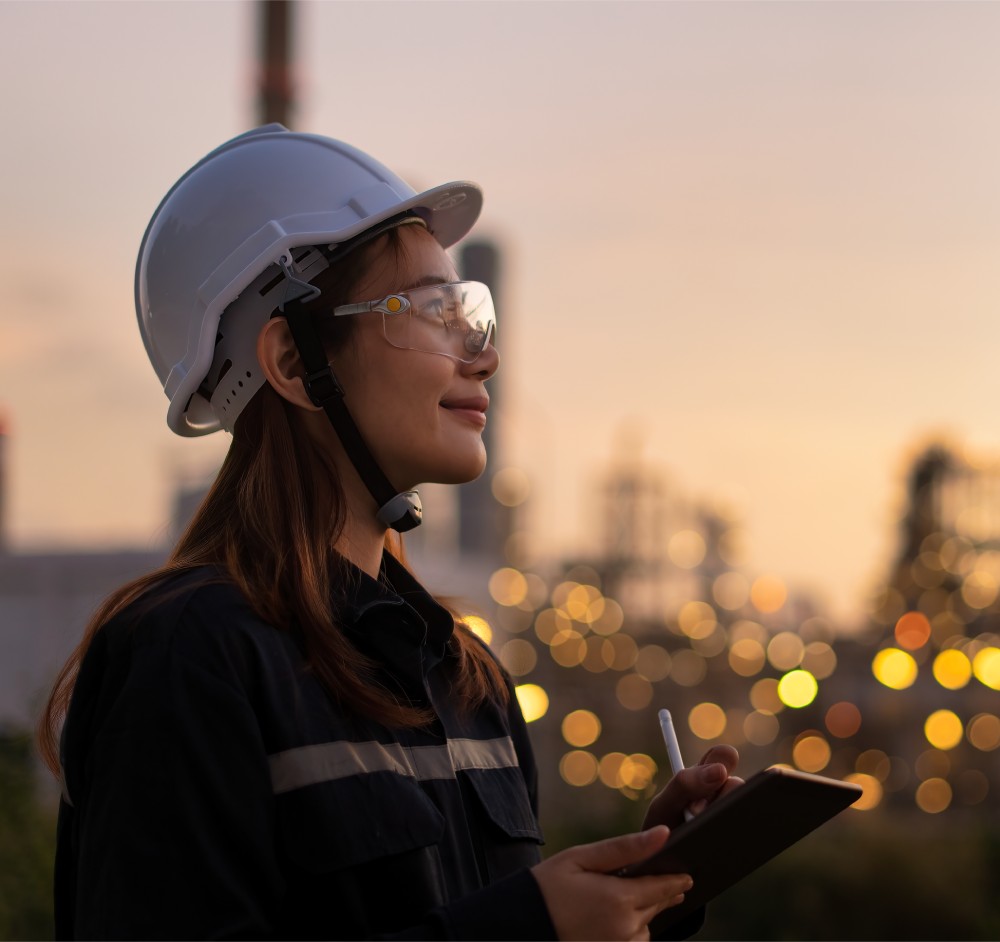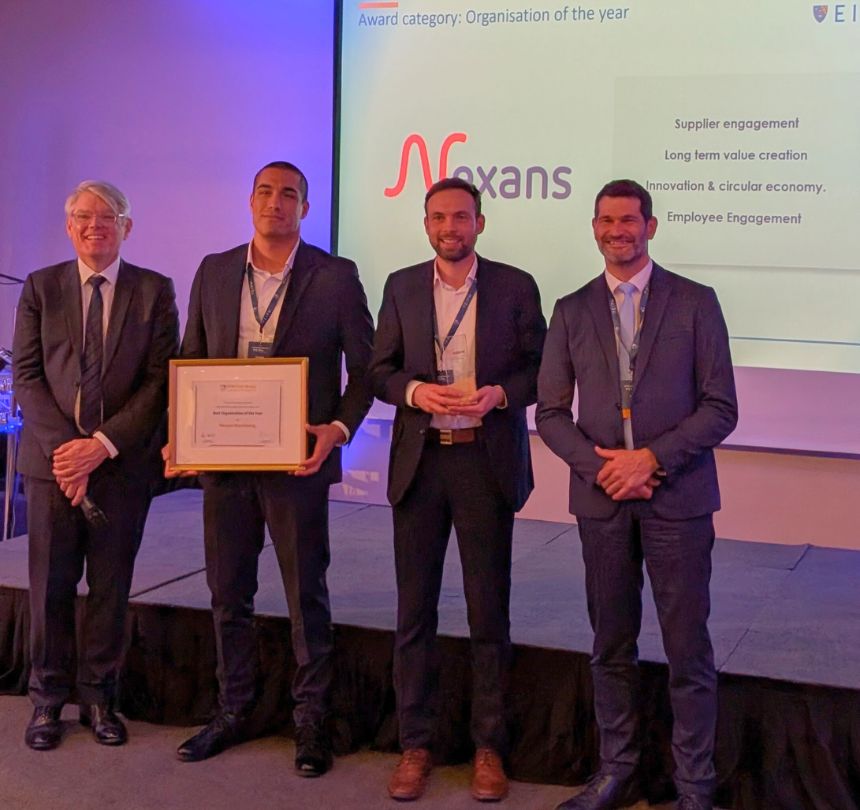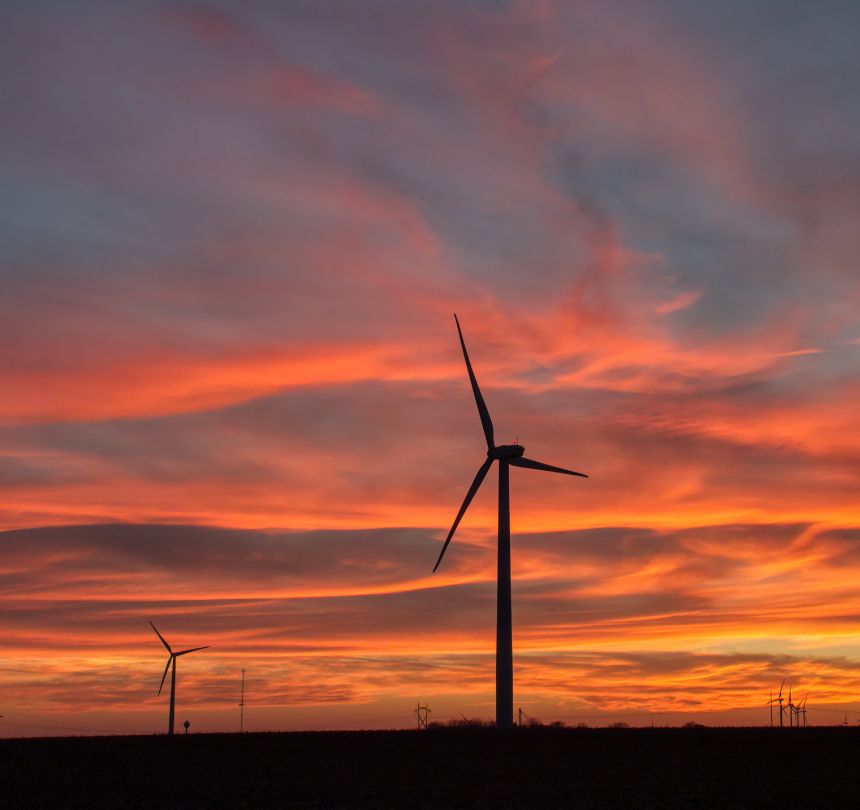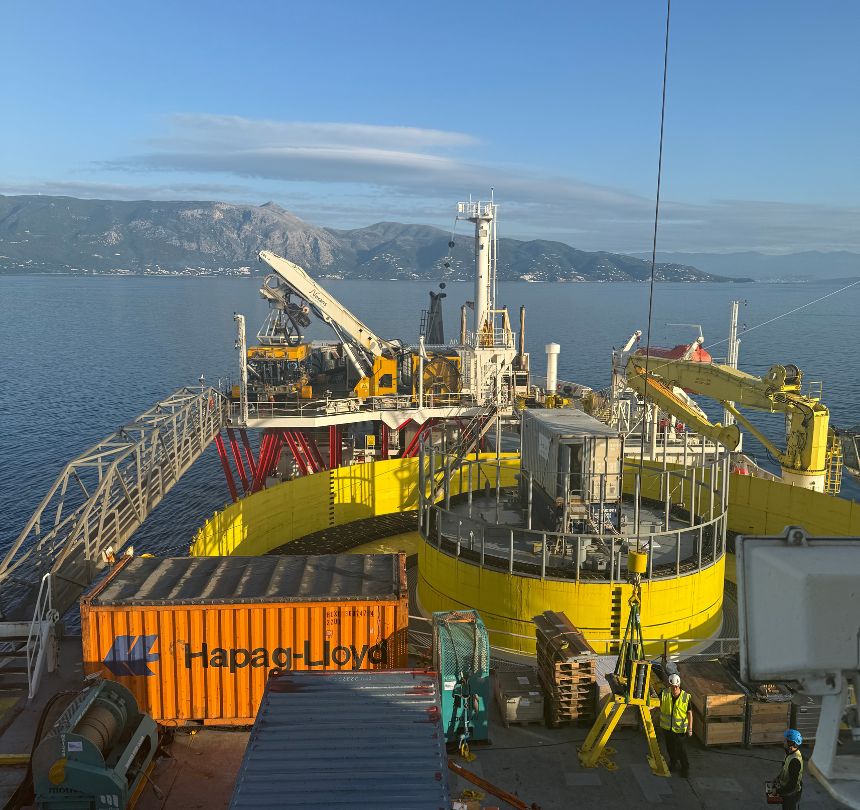Around 70% of all copper produced in the world since 1990 is still at use. This means that the cable industry is at a critical crossroads. Responsible sourcing is no longer optional — it is essential to ensure safety, uphold human rights, and foster resilience and circularity across the entire value chain.
On October 2nd, Nexans gathered experts of our industry to discuss and debate the crucial role of responsible sourcing and how to build a resilient value chain.
This webinar, moderated by Marc Boilard, Oliver Wyman partner, reunited copper producer with KGHM, cable producer with Nexans, distributor with Rexel and regulator with the Copper Mark. The entire discussion is available in the replay.
Key insights from our responsible sourcing webinar at a glance
What is responsible sourcing from a cable producer’s point of view?
David Grall, Nexans VP Sustainability & Corporate Transformation: For Nexans, it’s embedding the ESG principles into the way we are doing the business and every purchase, every method of cable we are selling to the end customer reflect the respect of the human right, the reduction of environmental footprint and adherence to ethical business. And it is what we’ve called at Nexans the E3 philosophy!
From a distributor’s standpoint, what are the expectations and challenges about responsible sourcing?
Isabelle Hoepfner-Léger, Rexel General Groupe Secretary: Customers know about copper scarcity, they know about extraction of copper, so they have a lot of questions about it. And we want to meet our clients’ needs. They follow us when we recommend some choices on products, and in order to do so, even if we are deeply committed to sustainability ourselves, we need transparency and data from the suppliers because we are proposing some products with some transparency and some carbon emission and some traceability behind that. We, of course, have to make sure that they are accurate.
How do your practices as a copper producer respond to all expectations?
Daniel Hojniak, KGHM ESG Chief Specialist: To meet, regulatory and client expectations, environmental & social risks or suppliers compliance and disruptions, we obviously ensure stable volumes of supply. For example, through our long-term partnership with Nexans — with whom we signed a major contract for the supply of copper cathodes for 2023–2027 — we secure reliable offtake of nearly 23 to 28 thousand tonnes of copper annually. But keeping in mind the environmental impacts, for instance, the carbon footprint and the water footprint of our operations, and obviously conditions for our employees, especially those working underground. I think that one word which links all these themes together is transparency. From the producer’s perspective, it’s not that difficult because these are our own operations. We have full control over our processes. But it gets quite tricky when it comes to recycled copper, because it’s simply very difficult to learn the whole history of the particular copper scrap.
What is the role of a regulator as Copper Mark across this value chain?
Mike Smith, Director of Value Chain, The Copper Mark: The Copper Mark is the leading global responsible production standard for the copper industry. Our main standard based around 33 key criteria. And these cover numerous different environmental, social and governance risks. Companies need to ensure that they have taken action around those criteria, and they fully meet those criteria before they are awarded The Copper Mark. Those 33 criteria are based on and embedded in international agreements like the OECD due diligence guidelines like the ILO (International Labour Organization) conventions, UN Protocols on Climate Change. Another important aspect around The Copper Mark is that we try to make sure that they are practical as well. Because again, this standard must be able to be implemented in practice in order to drive real change across the industry.
How to increase collaboration, transparency and build a circular and resilient value chain?
David Grall: The value chain is looked like a strike arrow, while we are talking about circularity. We’re making the value chain from linear to circular. To reinforce collaboration, it’s key to understand the value chain and pain points to co-create. If I don’t understand my customers’ needs, I’m not able to work correctly with my supplier and it impacts my own operations.
Isabelle Hoepfner-Léger: Alignment is key, and so are concrete actions. We need to start local, we need to be humble. Our role is also to persuade and to educate the people about the value of what we, all together, have created in terms of sustainable sourcing and sustainability. For example, through our partnership with Nexans and the Cableloop program, we’re taking back cable offcuts from our warehouses — a concrete step that supports circularity and meets our installer customers’ expectations. Because at the end of the day, this is exactly how we will bring the end customer into the whole value chain.
Mining is energy intensive. What are the main levers to reduce its carbon footprint while keeping its competitiveness?
Daniel Hojniak: We identify two key areas. First, efficiency as we try to improve our efficiency in all our processes, with new standards and technologies. Second, decarbonization itself by building our own clean energy sources, investigating into hydrogen and electric vehicles for transportations. Obviously all these actions are related to very high capital costs. In the long term, this would mean that we would have our own independent energy sources. We would reduce our reliance on the national grid and we would simply cut the costs related to emissions.
Beyond compliance, how do you encourage companies to continuously improve, for example, on human rights or climate action?
Mike Smith: The Copper Mark is a standard, and a set of standards doesn’t stand still at any point. For a site that implements The Copper Mark, it doesn’t just stand still. It’s a three-year cycle of assurance. So, every three years a site that has the Copper Mark, for example Nexans’ metallurgical facilities in Montreal (Canada) and Lens (France) will have to be reassured against those standards. It ensures that continual evolution is happening over time. And that’s embedded within the copper mark standard and processes.

